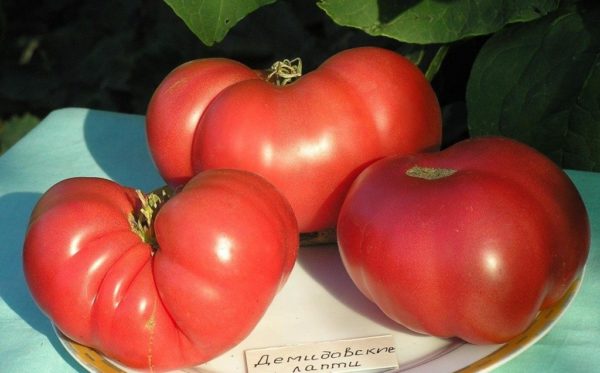
Summer residents are well aware that in the risky farming area, achieving a high tomato crop is not such an easy task. A lot depends on the quality of the seeds and the right choice of variety. Thanks to the hard work of breeders, new, improved varieties are constantly appearing and one of them, with the original name, will be discussed.
In the people, the word "bast shoe" is used in different senses. Illiterate, narrow-minded person or healthy in size, like a bast shoe. It is in this meaning that this word is used in the name of this variety. It is characterized by high productivity, endurance, resistance to disease and is perfect for growing in Siberia and the Urals. So, we learn more about the tomato Demidov bast shoes, and also talk about the features of cultivation.
Content
Description of the variety: so great, well, just "bast shoes"
The height of the bush varies from 130 to 180 cm. The foliage is dark green in color, not very dense. The variety is mid-season, the period from germination to technical maturity is 110–115 days, intended for cultivation in protected and open ground.
Ripe fruits are dark pink, have a rounded flat shape, really reminiscent of bast shoes, and have a "fleshy" flesh and excellent taste.
The weight of one fruit is 400-500 g. If agricultural technology is fully observed, the yield reaches 5-6 kg per 1 m². In the central strip of Russia and in the conditions of the northern regions, tomatoes of this variety are best grown indoors.
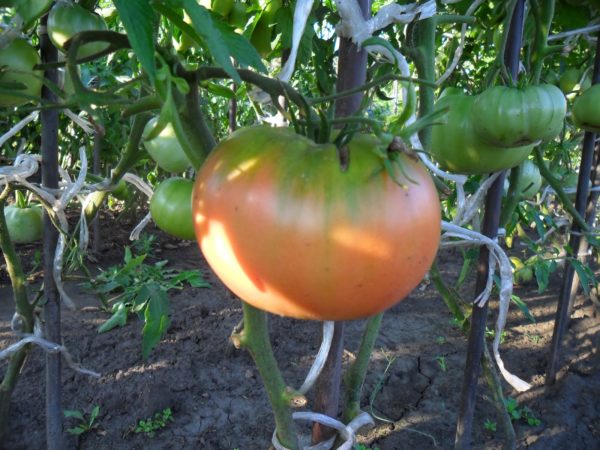
"Demidov bast shoes" are great for:
- salads;
- it is convenient to make tomato juice from them;
- small fruits are suitable for seaming.
From tomatoes of this variety, a surprisingly tender lecho is obtained. Tomatoes are distinguished by good maturity and up to 10 days do not lose consumer qualities.
What are good "Demidov bast shoes"
In the Siberian climate, growing large, juicy tomatoes is far from easy. Breeders of this variety have done everything to facilitate this difficult task. This variety has proven itself well and has already managed to fall in love with many gardeners and gardeners who opted for it.
The variety Demidovskie bast shoes compares favorably:
- disease resistance;
- high productivity;
- not afraid of temperature fluctuations;
- excellent taste and appearance of the fruit.
Subject to the timing of planting seedlings, tomatoes of this variety have time to fully grow and ripen in a short summer in the northern regions before the onset of late blight. Seeds of ripe tomatoes can be used for sowing next year. There were no serious complaints from gardeners regarding the "Demidov bast shoes". The variety is very viable and unpretentious, but adherence to certain rules when grown, nevertheless, is necessary.
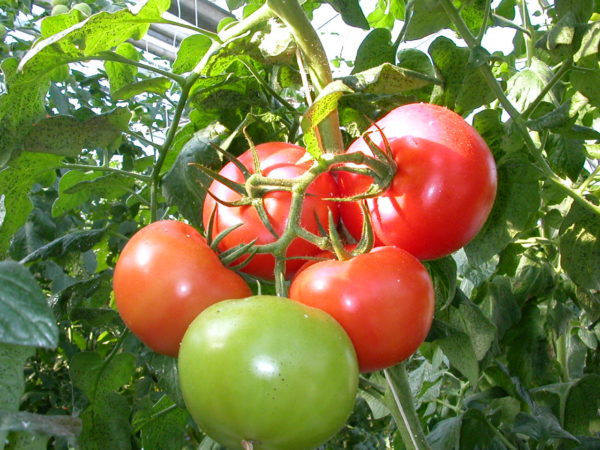
Agricultural technology
All gardeners plant seedlings, focusing on the climatic features of their particular region. It should be remembered that when planting in the soil, the age of seedlings should be 60–65 days. For this, in cold regions it is planted earlier and highlighted with phytolamps. In the south, where it is warm and a lot of sun, a seedling method of cultivation is allowed.
Seeds for sowing should be prepared
Preparing seed is an important part of the job. In no case should she be neglected. The quality of future seedlings, and later on the harvest, largely depends on this.Tomato seeds should be pickled in a weak, slightly pink solution of potassium permanganate, which will even more reliably protect them from diseases, and then rinse and allow to dry. The second step is treatment with a growth stimulant.
For this purpose, usually choose:
- Epin;
- Ideal;
- Zircon;
- wood ash.
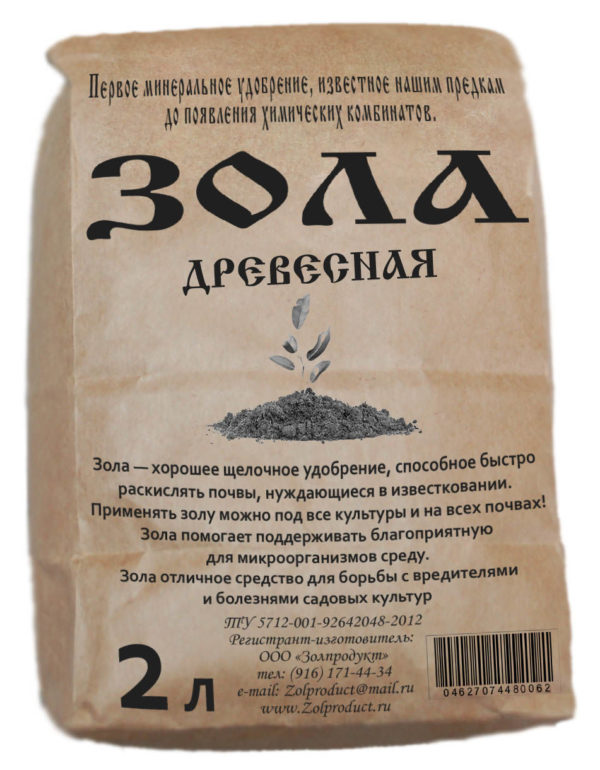
Each growth stimulator is accompanied by instructions that must be strictly followed, and deciding to use wood ash, they do this: a tablespoon of wood ash is stirred in a liter of water. After being treated with growth stimulants either with ash, the seeds are germinated in a moistened canvas or in a paper towel until they hatch.
Sowing of seeds is carried out in shallow grooves, which are then gently sprinkled with soil, lightly watered and covered on top with either glass or cellophane in order to preserve moisture. The temperature regime before germination should be kept between +23 ° C - + 24 ° C. As soon as the seedlings appear, the glass is removed, and the containers with seedlings are exposed, trying to keep the temperature no higher than +18 ° C for a week. After a week, it will be possible to increase it to +20 ° C, avoiding sharp fluctuations.
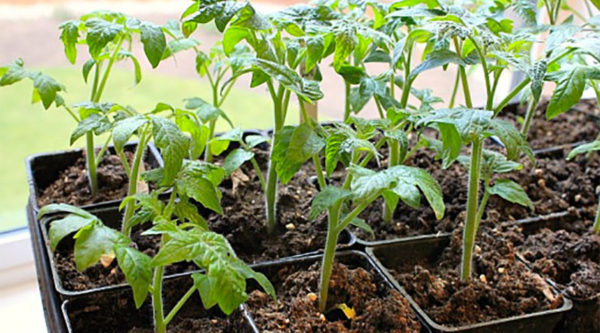
How to care for emerged seedlings
After the emergence of seedlings, the main parameters that should be closely monitored are temperature, light, and humidity. If the days are still short and the sun is not enough, in order to avoid stretching the seedlings, it is highlighted with special lamps. If the seedlings exposed on the windowsill are subject to temperature extremes (for example, a draft), this can adversely affect its development. In no case should the soil be allowed to dry out, but excessive irrigation should be avoided.
Usually, seedlings are dived in the phase of the third leaf, and you should not hesitate with this process, so as not to encounter great difficulties in transplanting later, when the sprout roots become more powerful and intertwined with each other. Before picking, the seedlings should be well watered, and then, for several days, it needs to be darkened.
During growth, the seedlings can be fed twice with complex fertilizer, and 10 days before planting it is already directly into the soil, you need to "harden", by taking it out for a while to the street or to the greenhouse. Hardening starts from 15 minutes and increases the time to several hours.
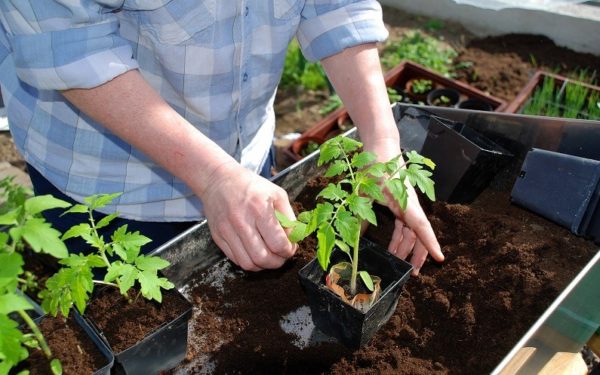
Planting seedlings in the ground
Of course, each gardener determines the time of planting himself, based on the characteristics of the climate where he lives, weather conditions and the method that will be used when growing tomatoes (in open ground or closed). As a rule, they try to land when they have already ruled out the return of frost and the soil has warmed up enough. In greenhouses, this happens earlier.
When planting seedlings, you need to remember that too close growing plants will lack nutrition and lighting and they will have to spend energy on competing with each other. It is optimal when no more than three plants are planted on 1 m².
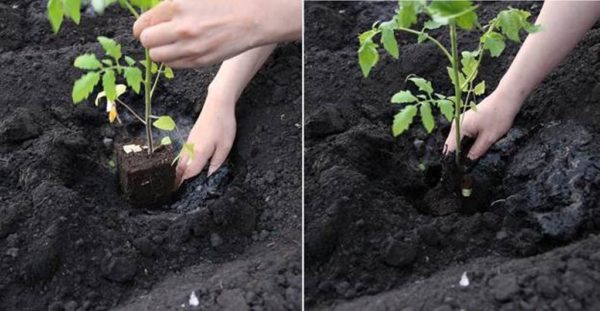
Care Features
After transplanting seedlings, seedlings do not need to be watered for a week. This is done so that the plants and their root system are more actively involved in the “work” and adapt. In the future, watering is carried out in such a way as to prevent drying out of the soil, but also to avoid waterlogging and decay of the roots.
To this end, the soil around the plants is mulched, which helps to retain moisture and to avoid drying out. Mulching is carried out using sawdust, straw, dry grass or compost. And also this procedure will slow the growth of weeds around tomatoes. If mulching is not used, then, at regular intervals, the soil around the plants should be loosened in order to improve air exchange in the root system.
Approximate watering schedule:
- before the appearance of flowers, water the plants should be 1 time in 3 days;
- during the period of active flowering of tomatoes and the formation of ovaries, they retain the same schedule, increasing only the volume (if not enough);
- when plants begin to bear fruit, watering should be less common.
The decrease in the number of waterings at this time is due to the fact that the abundance of moisture affects the taste of the tomato and makes their pulp more watery.
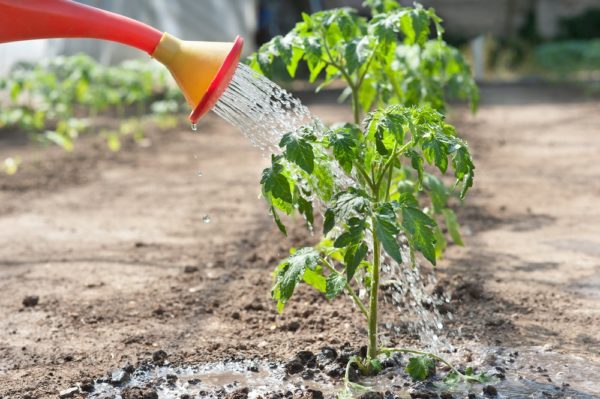
Make additional feeding should be no more than 3-5 times per season. During the period of active growth of the stem and leaves, nitrogen fertilizers are used more. And just before flowering and the formation of ovaries - potash and phosphorus. An excess of nitrogen leads to an over-active growth of the stem and leaves, which prevents the plant from moving to the stage of formation of flowers and ovaries.
In order for the ovaries to be good and numerous, you need:
- make sure that the temperature in the greenhouse does not exceed + 30 ° C, otherwise the pollen will become sterile;
- plant several honey plants near tomatoes to attract bees;
- in the morning, gently shake the brushes with flowers so that the pollen is showered or you can use a brush to draw.
There are some more “tricks” that can improve the crop. For example, many gardeners tear off the lower leaves on the main brush with flowers, do the same with foliage that obscures the fruits so that sunlight can freely penetrate.
Demidov bast shoes are recommended to be grown in "two stems." By forming a plant bush in this way, the best result is achieved. For this purpose, the strongest stepson is left under the main brush with flowers, and all the others are cut off at a height of 1.5 cm from the ground. Pruning should be done in the morning, so that the stumps dry out during the day.
Having decided to form a bush in one stem, you need to remove all the side shoots. In the first decade of August, pinch the stem of the plant. The meaning of this procedure is that in the remaining summer days, the tomato stops growing and begins to give all its energy to ripening fruits.
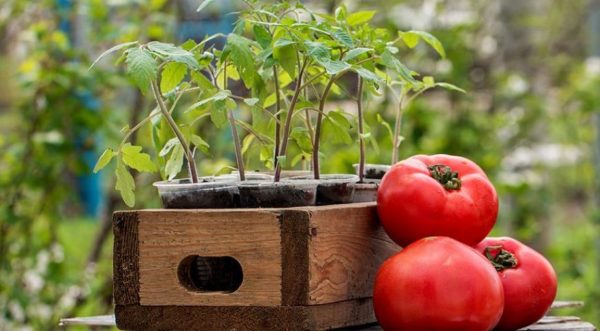
Proper agricultural technology is the key to plant health:
- you need to take seed preparation seriously, dress it and observe the sowing time;
- soil rotation should be carried out, avoiding the cultivation of one crop in the same place from year to year;
- You must adhere to the recommended landing patterns;
- it is necessary to monitor the ventilation of greenhouses, irrigation and top dressing of plants.
There are many popular, proven methods to preserve plant health. For example, spraying them with various solutions prepared independently.
From late blight:
- before the appearance of flowers, tomato bushes are treated with garlic solution and solutions, to which are added such products as Barrier, Barrier, etc .;
- if the first signs are detected, use the drug Oxychom.
To combat top rot:
- tomato bushes are treated with calcium nitrate dissolved in water;
- monitor the regularity of irrigation and do not allow drying of the soil.
Harvest the fruit, without waiting for their 100% maturity on the brushes of the plant. Firstly, such a moment is not always possible to catch on time and it is rarely "mass", and secondly, Demidov bast shoes themselves will perfectly "get" to the desired condition, if you remove them when they turn slightly pink. With this approach, the overall rate of fruit ripening increases.
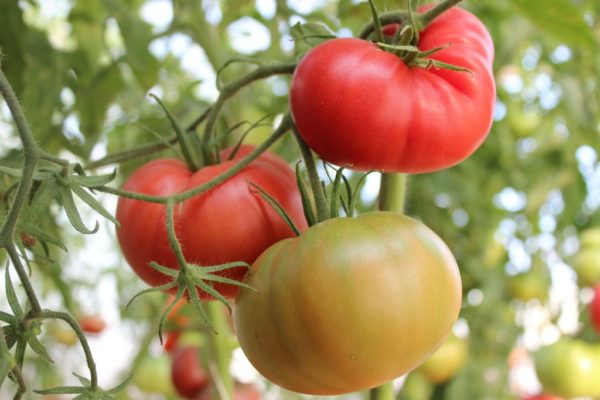
Reviews of experienced gardeners about the variety
Irina, Kemerovo:
“For the last four years I have been growing“ Siberian ”varieties of large-fruited tomatoes, including Demidov bast shoes. In principle, I am satisfied with the result, everything that is indicated on the package with seeds corresponds to reality, and the ripening time and yield. "Bast shoes," in most cases, were about 500 grams in each fruit. "
Julia, Balashikha (Moscow Region):
“I’ll grow Demidov bast shoes for the second year. Last season I was very pleasantly surprised by this variety, a neighbor advised. Large fruits and sweet taste. One tomato weighing 600 grams was enough for me to make a salad for our whole family. ”
Elena Petrovna, Kursk:
“I grew Demidov’s bast shoes for three years in a row. The first time it was just wonderful. I could not boast. Before the neighbors, she boasted half a kilo of her “bast shoes” ... But, the second and third time, my tomatoes did not work out. Maybe because she tried to grow from the seeds herself and did something wrong, or maybe the weather prevented. We demolished the old greenhouse, but without it the result is not very good. "
Yuri, Altai Territory:
“I bought Demidov’s bast shoes for the first time because of the name. Now, I’ll take a half of the greenhouse specially for it. Four last year’s “bast shoes” bushes were two meters long, although it is said to be medium-tall, and the tomatoes were 600–700 grams each. Of course, they don’t go for seaming, but salads and juice are very good. Let's see what will happen this year. ”




 Low-growing tomatoes, without pinching: 5 of the most delicious varieties
Low-growing tomatoes, without pinching: 5 of the most delicious varieties Why tomato seedlings grow poorly
Why tomato seedlings grow poorly We grow a tomato in a shell
We grow a tomato in a shell Growing tomatoes without watering according to the method of Kazarin
Growing tomatoes without watering according to the method of Kazarin